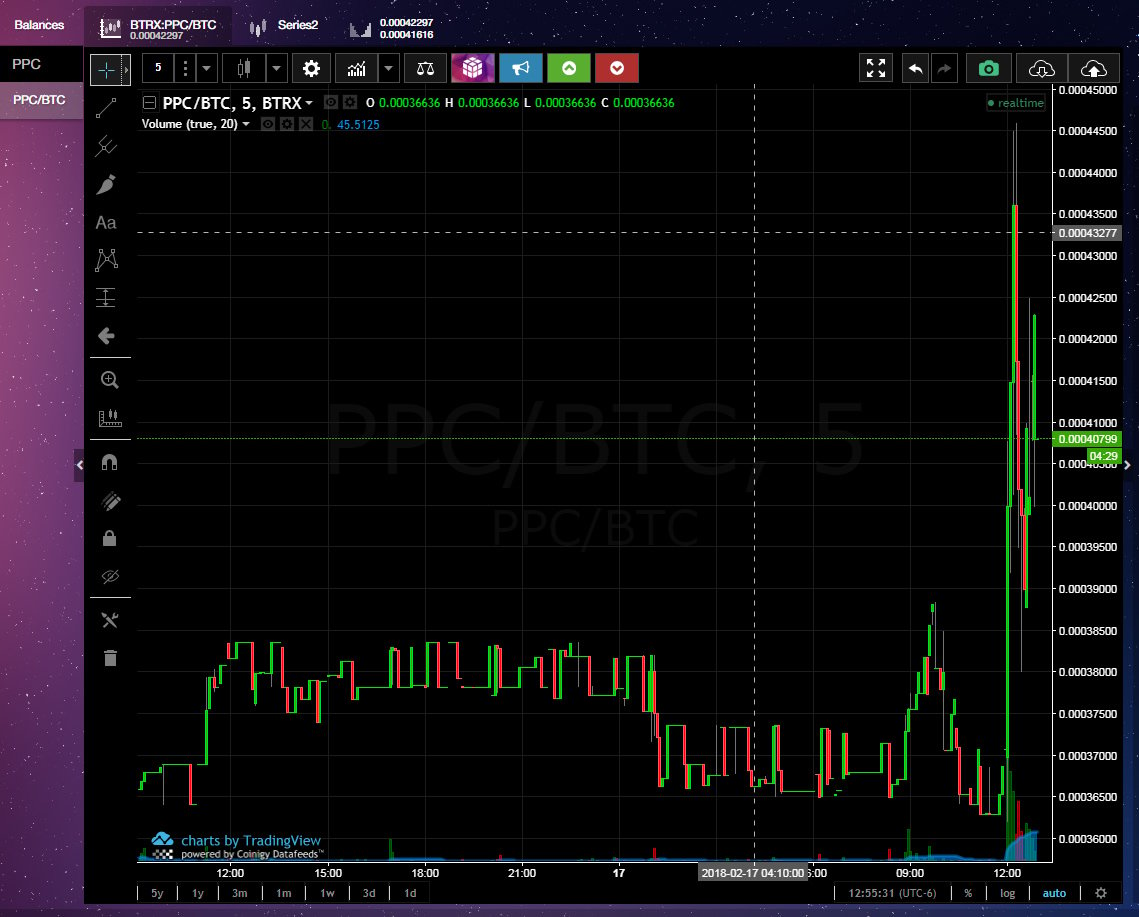How To Spot A Pump And Dump (And Avoid It)

Share this article
The cryptocurrency market is home to many different scams, but few are as insidious and as frustrating as “pump and dump” groups. Drawing from the pre-internet model of “boiler room operations”, pump and dump scams are endemic in the in the cryptocurrency market and typically target investors that are quick to dive into opportunities without performing their due diligence first.
Pump and dump scams are strictly illegal in traditional securities markets, but the largely unregulated nature of the cryptocurrency market has made it an attractive environment to unscrupulous individuals seeking to capitalize on the hype surrounding everything blockchain. Virtual currency is simply another playground for the serial scammers.
We’ll proceed to break down the basics of how a pump and dump cryptocurrency scam works, as well as highlighting the most common red flags that can be used to identify and avoid them.
What is a Pump and Dump?
Pump and dump operations operate in a relatively straightforward manner. These cryptocurrency scams typically involve artificially inflating the price of a less-popular token through the dissemination of false news in an attempt to hype, or “pump” it.
There are two parties involved in a pump and dump scam. The first are the market players that “pump” a token— commonly a less-popular cryptocurrency, colloquially referred to as a “shitcoin”. These players buy up a significant amount of these tokens and begin pumping them across social media.
For pumpers, tokens that are easily manipulated are the best target. These tokens often possess a relatively low circulating supply and a small market cap. It can happen at the time of an initial coin offering, or it can happen with a coin that is languishing in the doldrums of the crypto rankings.
Pumpers will operate in groups, often working via Telegram, and will purchase these tokens en masse, which causes the value of the token to rise on the cryptocurrency exchanges.
At this point, the “pump” begins to take hold across social media, which causes external investors to begin purchasing the token. Smaller investors often buy in at this point due to the FOMO, or “fear of missing out” effect. This causes the value of the token to increase further as the cryptocurrency market takes note.
Once the pump has caused token value to increase dramatically, the original pump group then sells off their digital currency in a coordinated move, selling their token reserves to the new, unsuspecting investors. This massive sell-off causes the value of the token to plummet, “dumping” the token price.
The pumpers then walk away with massive profits, leaving those not included in the pump and dump group with relatively worthless assets they purchased at a massively inflated price.
The “wild west” of the cryptocurrency pump and dumps has led to the establishment of a few high profile pumpers, such as Ryan Pumper, a surprisingly forthright pumper, and Fontas, a strange breed of meta-pumper that leverages his/her social media following to pseudo-pump altcoins. Errant cybersecurity consultant and crypto cowboy John McAfee is another known pumper, revealed via compelling evidence to happily “shill” or promote shitcoins for a fee (rumors of a $1M fee may be exaggerated… but they are circulating).
How to Identity a Pump and Dump
Pump and dump scams are relatively easy to spot at the peak of a pump— you’ll notice low market cap, low volume cryptocurrencies suddenly breaking out with no warning. You may even be tempted to buy in, but it’s essential to perform due diligence before investing in any asset.
It is possible to identify a pump and dump crypto scam before it occurs, however. Pumpers require a significant amount of market share in order for their operation to work, and need to buy up a large amount of tokens in the weeks to months leading up to a pump without prematurely pumping value. Buy/sell walls rapidly appearing and disappearing in these kinds of cryptos are a key red flag of pumping.
Fake news is another key sign of a pump and dump scam. This method of pumping is best evidenced in a Peercoin pump that appears to be underway at the time of this report, as evidenced in the chart below:

Chart data alone demonstrates that this massive breakout is likely a pump and dump. More evidence can be found, however, in a Twitter post that references a fake “price surge” after a “secret project”. Pumpers often create false news involving nonexistent project or partnership announcements in order to pump altcoins and fuel the cryptocurrency scams.
If you catch a pump and dump— even ahead of the curve— don’t participate. Pump and dump operations are antithetical to the core principles of blockchain technology and are the product of shortsighted, avaricious market players. Don’t be that guy.
Become a Pump and Dump Bounty Hunter for the US Government
The US Commodities Futures Trading Commission has recently issued a warning that advises customers to “avoid pump-and-dump schemes that can occur in thinly traded or new “alternative” virtual currencies and digital coins or tokens”, providing a basic explanation of pump and dump operations and how to spot them
In the same announcement, however, the CFTC has announced a bounty program that provides whistleblowers that provide “original information that leads to a successful enforcement action that leads to monetary sanctions of $1 million or more” with monetary rewards of between 10% and 30%.
Maybe there is money to be made… doing the right thing.
